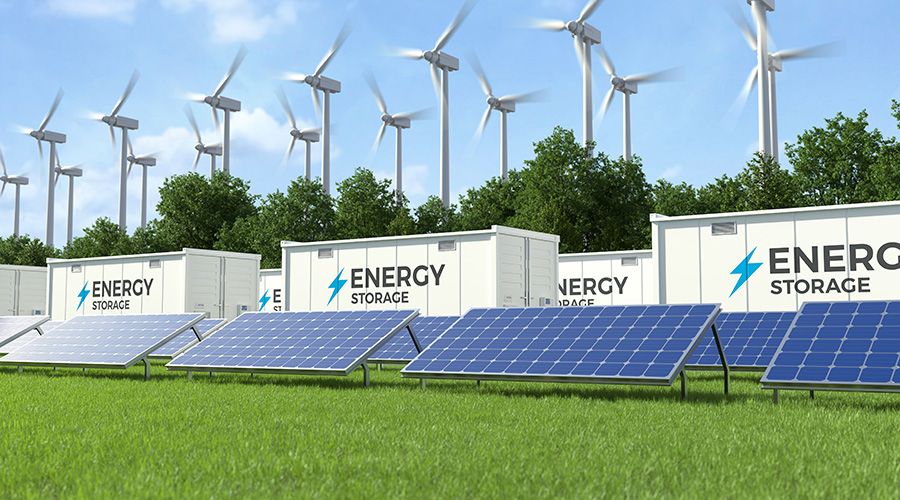PPAs and Other Ways to Pay for PV Systems
Facility managers interested in PV for existing buildings have several options. The first, of course, is to pay outright and upfront. That may be a stretch for many facility managers to afford, but it does allow the payback to begin from Day 1.
"Buying and owning is the best deal, especially if you can get tax credits and the depreciation," says Gerber.
If a lump-sum payment isn't in the offing, Gerber offers advice on how to plan financing for the project. "A solar system is a 30-year piece of equipment. It's important not to do long-term projects with short-term money and expect the financials to work. If you try to do a PV project with five-year financing, most companies won't like that kind of investment," he says.
Furthermore, facility managers should think about the PV system as an essential part of the building structure. "I don't like to talk about payback with PV because it's a strategy that requires life-cycle thinking," says Gerber. "Savings are growing over time, and you get the most savings in the later years."
But if facility managers don't have the upfront cash, and don't want to take on the debt, another option increasingly being utilized is a power purchasing agreement (PPA). Here's how a PPA works: A third-party company installs and maintains a PV system on a facility's roof, and then sells the renewable power back to the facility at lower-than-market price. At the end of a long-term contract, usually 15 to 20 years, the facility manager agrees to buy the system back from the third-party company, usually at a price much less than the system would be worth.
"A PPA facilitates the use of green energy without upfront cost," says Albert Kuna, a vice president with New Generation Power, a firm that does PPAs. "Basically, we lease your rooftop, and then operate and maintain the system."
With PPAs, the larger the expanse of roof space, the more sense a PPA may make. But a PPA will guarantee that the system delivers a particular amount of energy over a year, says Kuna. "This helps you reduce your susceptibility to the volatility of the energy market," he says. "You get a fixed rate with a small annual escalator."
As Long As They're Producing Power
One common misconception with PPAs is that there actually would be no value to the PV system at the end of the contract, especially as new, more efficient PV technology emerges. "No solar system is obsolete as long as buildings are using electricity," says Gerber. "Sure, you care about the quality of the product, but how it produces energy is irrelevant."
Gerber also recommends facility managers take a hands-on approach when working on a PPA. Even though it's someone else building the system, facility managers should make sure the PPA provider and the panel manufacturers are stable, long-term companies. "If you're doing a PPA, don't take the attitude that it's someone else's project," he says. "It's your roof. Pay attention to what's going on up there as if it were your own system."
Another method of financing solar that is really in its infancy is what's called property assessed clean energy (PACE) bonds, an idea that was piloted in Berkeley, Calif., in 2008. PACE financing works by allowing facility managers to enter into a contract with their municipality that enables them to pay for renewable energy upgrades like PV systems with a yearly assessment on their property tax bill. So, again, no initial capital outlay is required, and facility managers essentially pay back the cost of the system over five to 20 years — however long the contract may be. If the building is sold, the assessment stays with the property, not the owner.
PACE financing requires the state first and then the municipality to pass PACE-enabling legislation. So far, 22 states have done so. Though PACE programs are more common for residential (many residential PACE programs are now stalled due to a warning issued by the Federal Housing Finance Agency), commercial PACE programs are starting to emerge in cities like San Francisco, Los Angeles, New York and Washington, D.C. A June 2010 study by Pike Research predicts that commercial PACE programs will continue to proliferate, totally about $2.5 billion in financing annually by 2015.
Related Topics:












